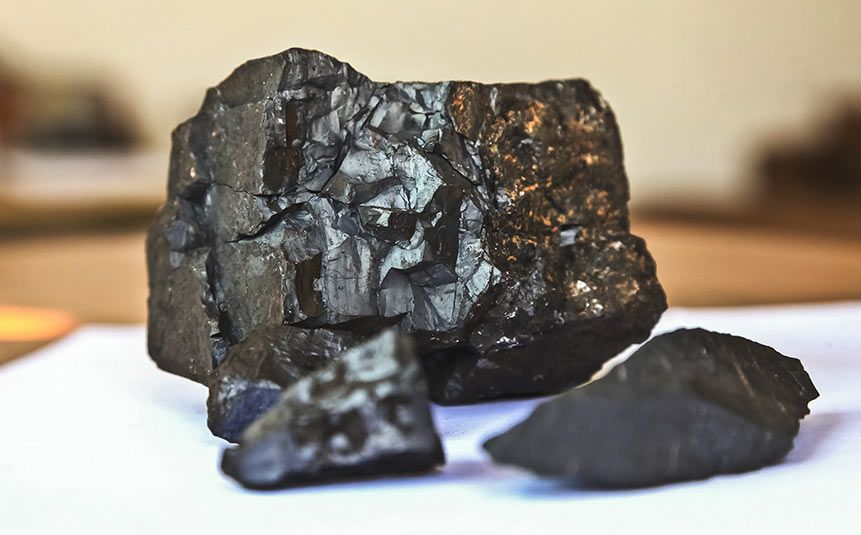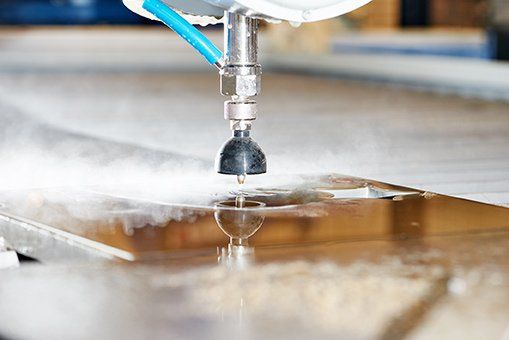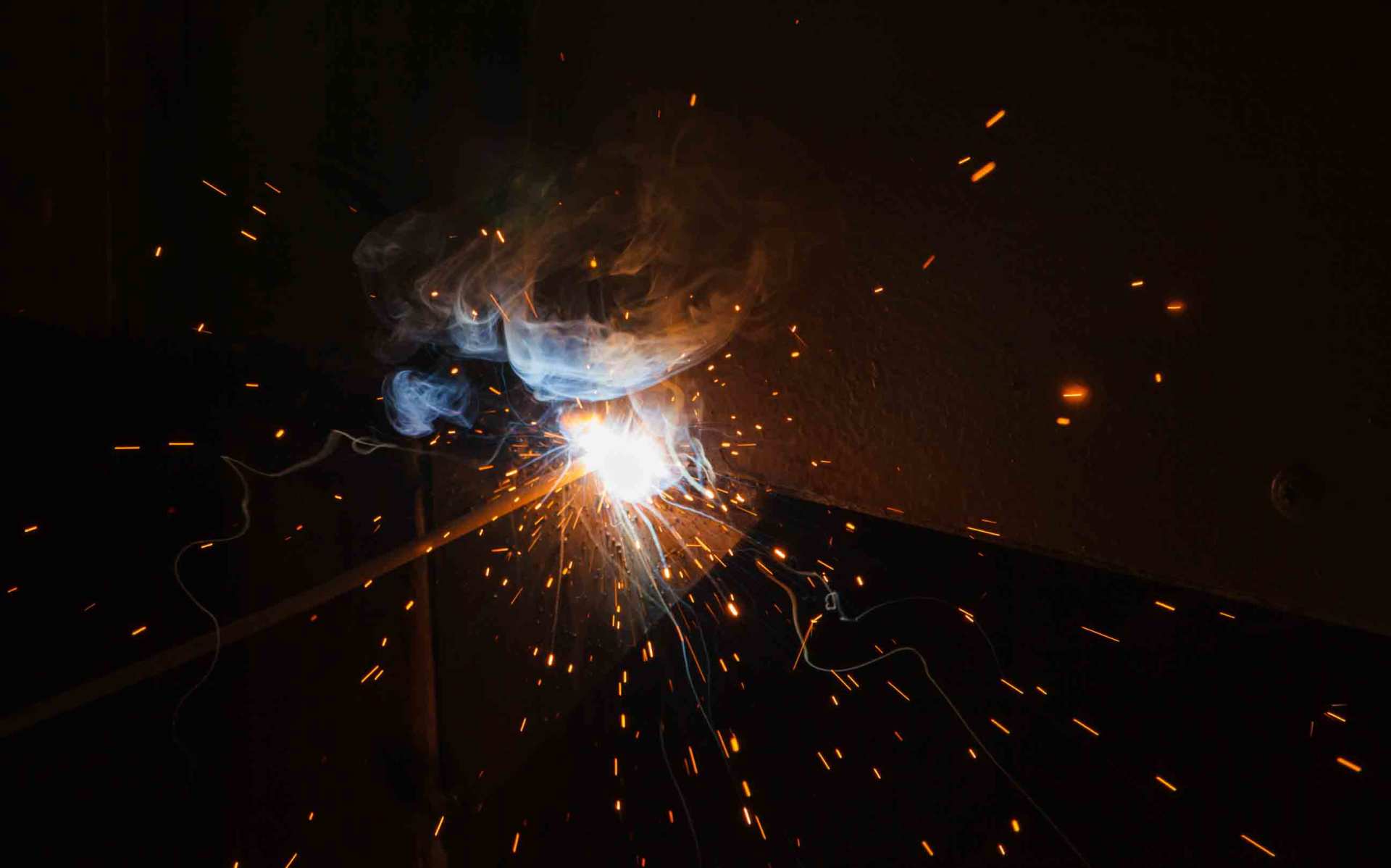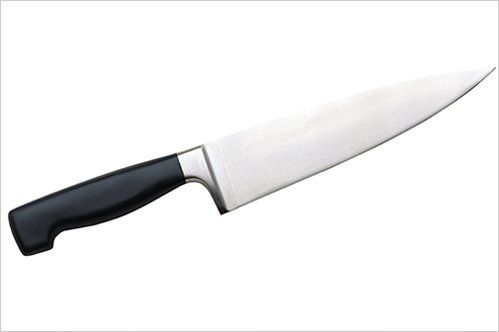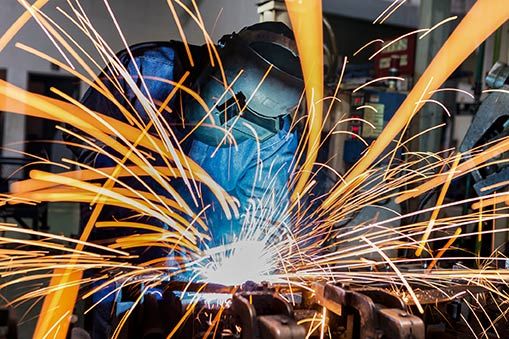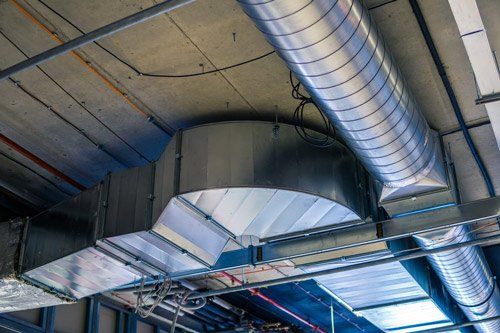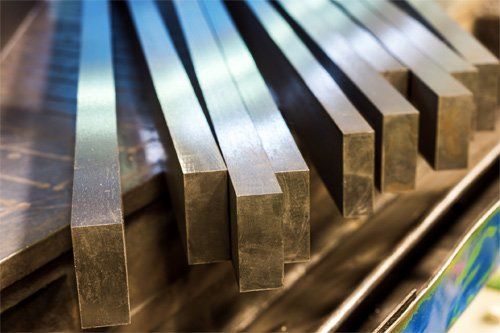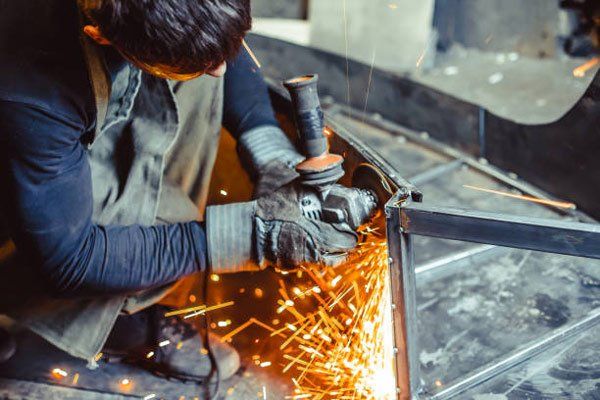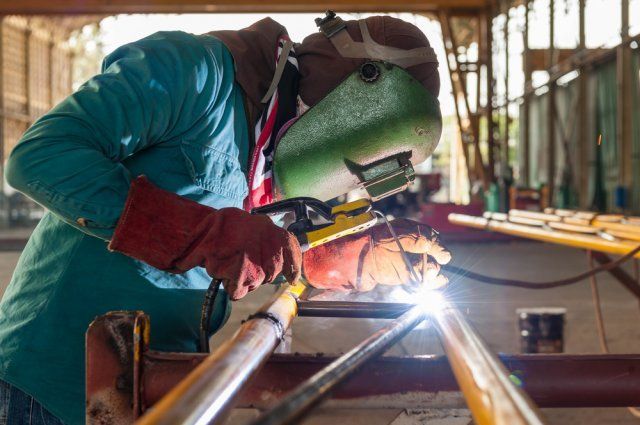From skyscrapers to automobiles and industrial plants, the modern world owes much of its infrastructure to the incredible strength and durability of metal. As most people realize, that metal has to be heavily processed and reconstituted prior to its use. Extreme amounts of heat and pressure, as well as skilled labor, give metal its final form.
Two of the most important metalworking processes are welding and fabrication. Unfortunately, many people fail to understand the distinctions between these two methods. If you would like to learn more about the intricacies of today's metalworking processes, keep reading. This article outlines three key differences between fabrication and welding.
Welding, as you may already know, involves the fusing of two or more pieces of metal. Numerous different welding techniques exist, each of which has its own particular strengths and weaknesses. Common welding techniques include shielded metal arc welding, gas metal arc welding, gas tungsten arc welding, and flux core arc welding.
At the end of the day, all welding techniques have the same goal, which is to permanently bond different metal pieces. Metal fabrication, by contrast, encompasses many different metalworking strategies — welding included. In other words, you must understand fabrication as more of a holistic process.
Fabrication begins with layout and design, as engineers determine how to build a particular structure or component. Designers must concern themselves with things like layout creation, as well as the cutting, machining, and forming of metal parts. In most cases, fabricators use numerous different tools and techniques in order to fabricate a particular metal product.
Tradespeople who identify as metal fabricators generally concern themselves with metal cutting, machining, and/or bending. The fabrication process often begins by cutting sheets of metal down to the appropriate size.
Fabricators accomplish this task using a variety of different cutting machines, including mechanical saws, laser cutters, and plasma torches. A fabricator then uses a lathe to remove portions of the metal — for instance, creating holes through which bolts will ultimately pass. Bending machines such as stretchers and shears then add any necessary angles to the piece of metal.
Welding, by contrast, utilizes a vastly different set of tools. These tools include welding clamps, torches, power sources, and consumable electrodes. In addition, welding requires the use of specific safety equipment. Auto-darkening welding helmets protect workers' eyes from the ultraviolet rays welding produces, while respirators shield welders from dangerous fumes.
Most metal fabrication tools have a tabletop nature. In other words, fabricators place the metal on the relevant tool, and then carefully manipulate the tool in order to accomplish the desired task. Welding has a very different strategy. While welders do require stationary tools, welders mainly perform the welding process itself by hand.
While some fabricators also possess the ability to weld, the complexity of the welding process often requires more specialized practitioners. Without intense practice, a welder simply would not be able to create strong or neat welds. With creating high-performance metal products, only a welder with years of experience can operate with the necessary degree of skill and precision.
Metal fabrication utilizes a broad array of metalworking techniques — welding included — to create the structures and components necessary for life in the modern world.
For more information about the skills and tools you need to fabricate metal, please
contact the metalworking experts at Knowlton Industrial Steel Supply. We are happy to answer any questions you have about your metal fabrication needs. Let us know what you require for your metal fabrication project.
